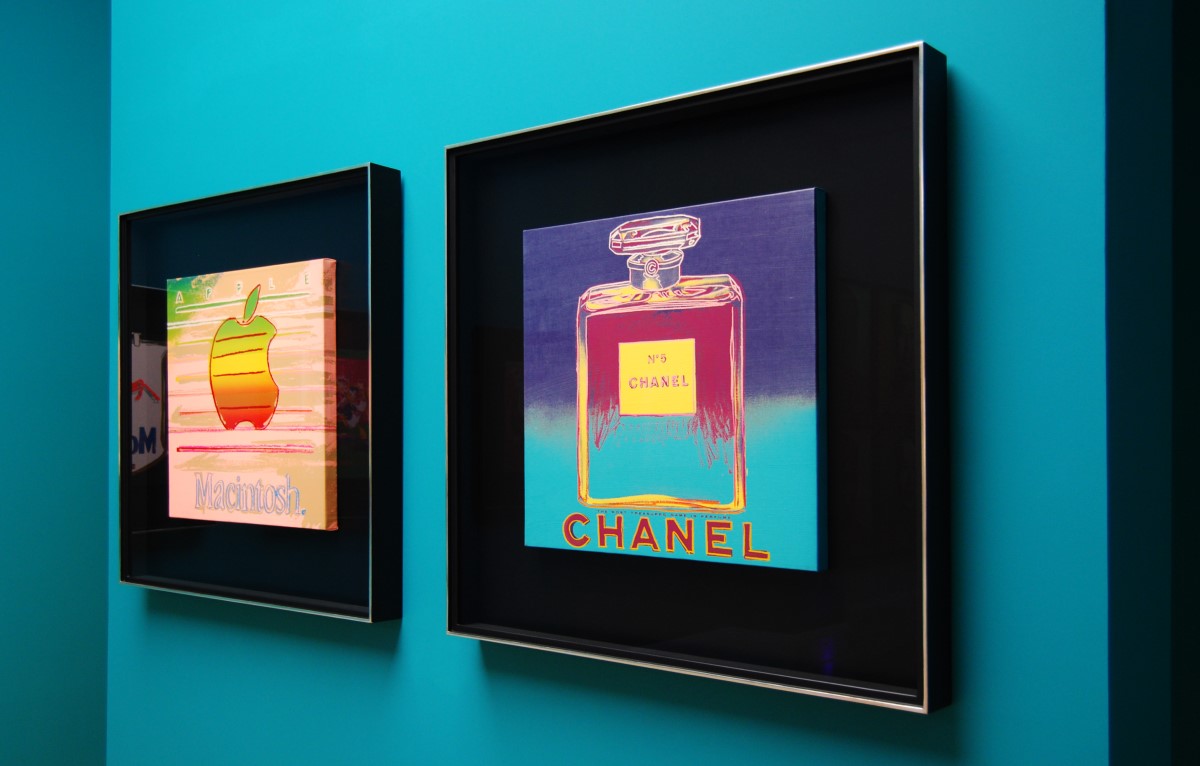Immersive art installations are drawing in both art connoisseurs and nontypical gallery goers. Can they radically alter the gallery model or are they just putting on a damn good show?
Words: Will Moffitt
A quick stroll through a dark pram-lined corridor and I’m in The Garden of Earthly Delights. Pink palaces of exotic furry headed plants tower upwards; pale figures commune and hug one another; crowds of ginger haired girls bask aimlessly in a lagoon and winged fishes fly over a crystal blue lake. This is Hieronymus Bosch’s world and we’re all just living in it. By ‘we’ I mean my fellow immersive art goers, who, at midday on a Friday, are mostly mothers with young children.
I have been meaning to try Frameless for some time. Situated in Marble Arch and promising 42 masterpieces in four galleries for the price of one ticket, the show is the largest permanent multi-sensory experience in the UK. It’s one player, albeit an impressive one, in an immersive art movement that is taking London by storm.
Last summer The Serpentine Gallery curated an exhibition by the French artist Dominique Gonzalez-Foerster that used VR headsets to simulate extraterrestrial encounters.
Frida Kahlo, Vincent Van Gogh and most recently David Hockney have all been virtualized somewhere in the capital, and in Brick Lane a Dalí exhibition is selling itself as an experience that ‘reinvents the concept of museums’. It has been targeting my social media channels for months.
“My first live digital experience was at a museum in Tokyo,” Frameless CEO Richard Relton tells me. “It didn't have a narration or a story behind it, just these spectacular visual experiences. That was extraordinary… It got me thinking about what was possible.”

Relton, who has had an extensive career within the sports, events and hospitality industries began working on the Frameless concept in 2019 with the aim of creating a platform that delivered digitised cultural experiences that were thrilling and unique. To do so he enlisted the help of ArtscapesUK, a team of art specialists who curate cultural experiences, and
FiveCurrents, the production company behind Danny Boyle's celebrated London 2012 Olympic Opening Ceremony.
“We’re trying to create something different and unique that stands apart from other packages,” Relton says. “We identified that digital immersive art was a new fast growing sector. There didn't appear to be anything of any scale or quality in the UK.”

Frameless is divided into four rooms: surrealism, colour, landscapes and abstract works. In the surrealist lounge, a personal favourite, you see Gustav Klimt’s gilded gold hieroglyphs turning into rusty reds as they contort into Edvard Munch’s screaming ghoul. Then come Dalí’s clocks: ticking and melting against a soulless desert. A toddler in front of me jumps and crawls across the floor, transfixed by the spectacle, roaming the room and following the patterns as they shift from one masterpiece to another.
It’s all so fun and stimulating, but is it art? Not for the purists perhaps, but that’s not the point. Frameless is not a concept solely devised for the quintessential gallery goer – although plenty of art critics and bloggers have been eager to try this exciting new show.
While the original composition of an artwork appears at some point during the animation there’s not much time to study the finer details of these works for long. What you do get, however, is a heightened appreciation of colour, the dynamism of the brushstrokes, and an emotional reaction evoked by a carefully chosen backing score.
There are interactive elements too. In the colour in motion section dots flow like fairy dust across the floor. As I kick them to one side they ricochet and bounce into one another, before swarming together to form Seurat’s pointillism masterpiece: A Sunday on La Grande Jatte.
“We are not trying to compete with or replace the traditional gallery experience,” Rosie O’Connor, senior curator at Frameless says. “It is incredibly important to be able to view the original paintings or objects in real life. However, for many people, the traditional gallery environment can be intimidating and academic.”
As O’Connor sees it: the purpose of Frameless is to inspire people enough to see these works in real life. “Many people have personally told me they never thought they enjoyed art or were particularly interested in it, but after experiencing Frameless they are inspired to see more and learn. That for me is the best feeling.”








